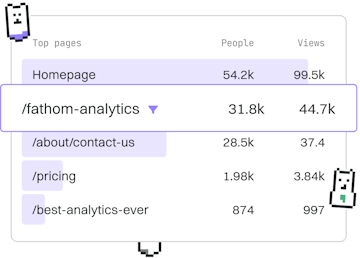Basics
Dart Switch
Switch-Case Statements
Dart switch statements handle cases with pattern matching.
Introduction to Dart Switch Statements
The switch statement in Dart is a control flow structure that allows you to handle multiple possible values of a variable. It's similar to the if-else ladder but provides a more readable and efficient way to manage different cases, especially when you have a single variable being compared against various values.
Basic Syntax of Switch
The basic syntax of a switch statement in Dart involves defining the variable to be evaluated and a series of case statements, each ending with a break keyword.
Example: Using Switch Statement
Let's consider a simple example where we use a switch statement to determine a user's access level based on their role.
Pattern Matching with Switch
Dart's switch statement supports pattern matching, allowing you to match against more complex criteria. However, this is typically limited to constants and simple patterns.
In the current version of Dart, switch cases must evaluate to a compile-time constant, and you cannot use expressions or ranges directly. Consider using if-else for more complex conditions.
Switch vs If-Else
The switch statement is generally faster and more organized when dealing with multiple discrete values compared to a series of if-else statements. However, if-else statements are more versatile, allowing for complex conditions and expressions.
